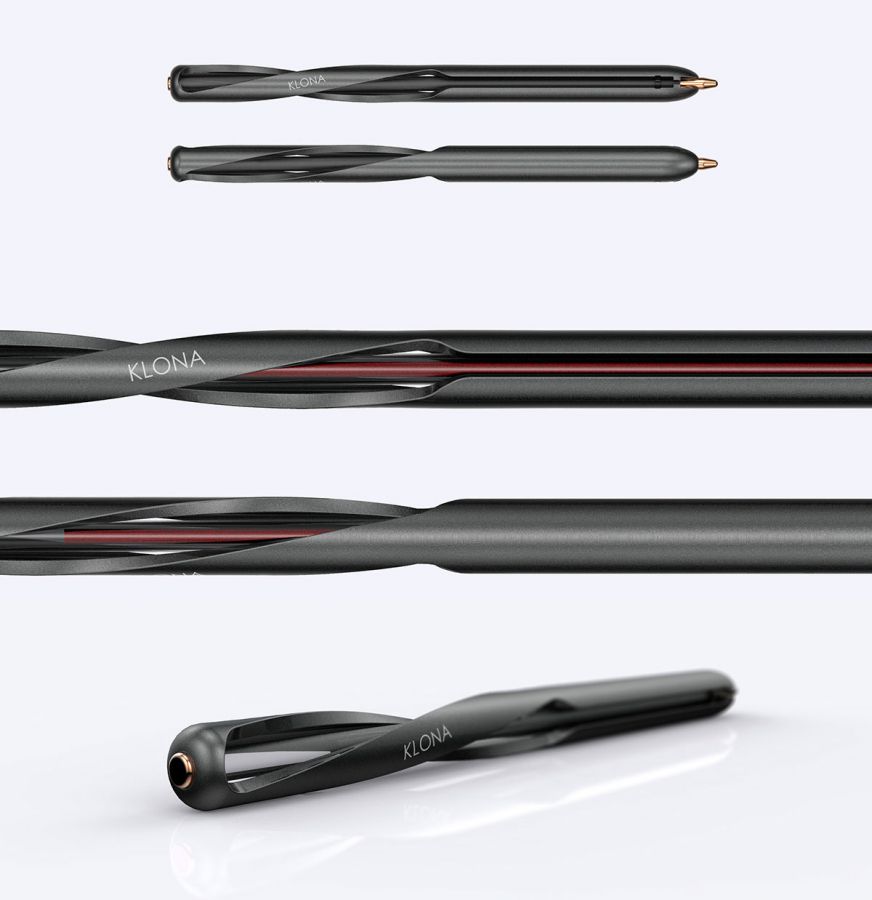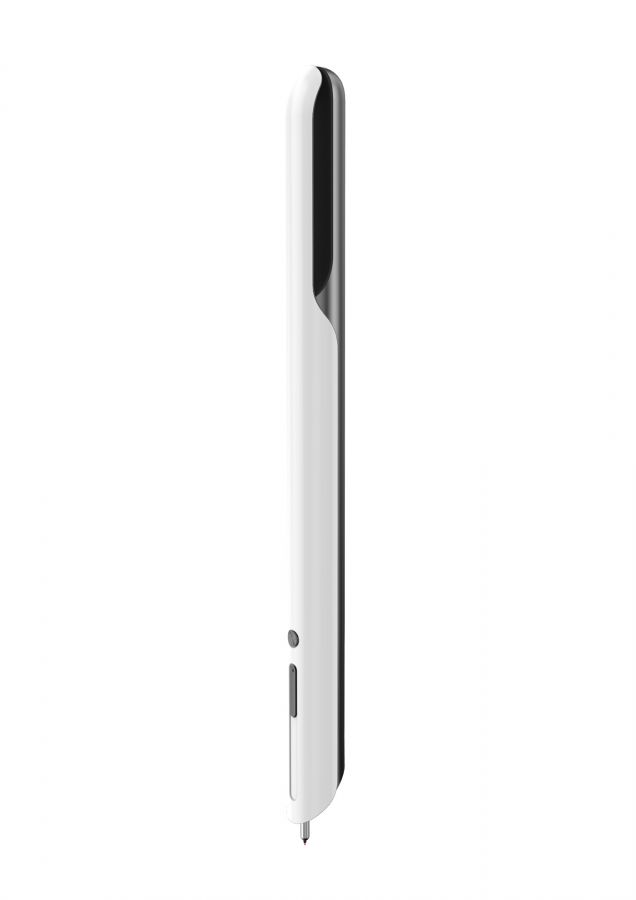How many times we use objects for a purpose other than their primary function? And how does a specific environment influences the way we perceive a determined object?Every product designer will know what we are talking about. In order to design objects we know how important it is to observe individuals, specifically the way they act, feel, interact with the environment which surrounds them. To support this observation there are a few theories of psychological perception such as the Ecological Approach to Visual Perception by James J. Gibson, which is one of our favorites.Gibson contends that the fact an object is used for one purpose does not mean that it can not be used in other ways; a given object can be used in a function other than its primary function. Think of a pen: this is a small object and therefore allows the handling. Its main function is to serve as writing object. How many of us use it to mark our books? Or the ladies, how many use it to tie their hairs? Its characteristics lead us to adopt this object for purposes other than its principal purpose. This means that the individual does not perceive the pen, but rather their ability to write. It means you do not notice the chair, but the possibility of sitting down.On a conceptual level we took the archetype of a pen and shift it to a specific environment. We took the pen, placed it inside a notebook and closed it. Therefore our pen got flattened out. When an individual perceives this pen, he has the visual hints to automatically perceive the two purposes this object was designed for: to mark and to write – the two main needs we feel while handling a notebook.
Photography by Gerhardt Kellermann.Project Assistance by Pawel Szczypinski.








